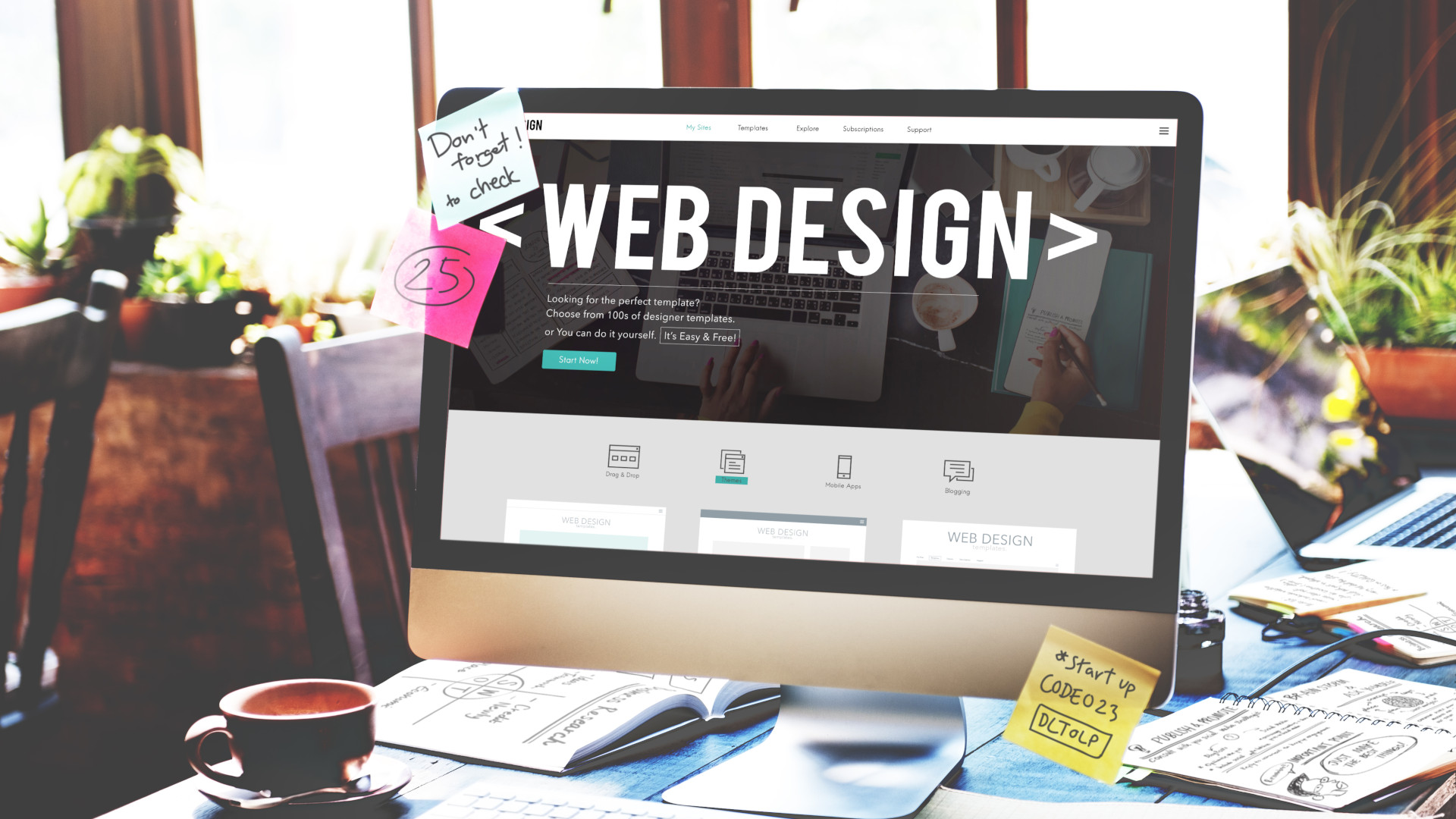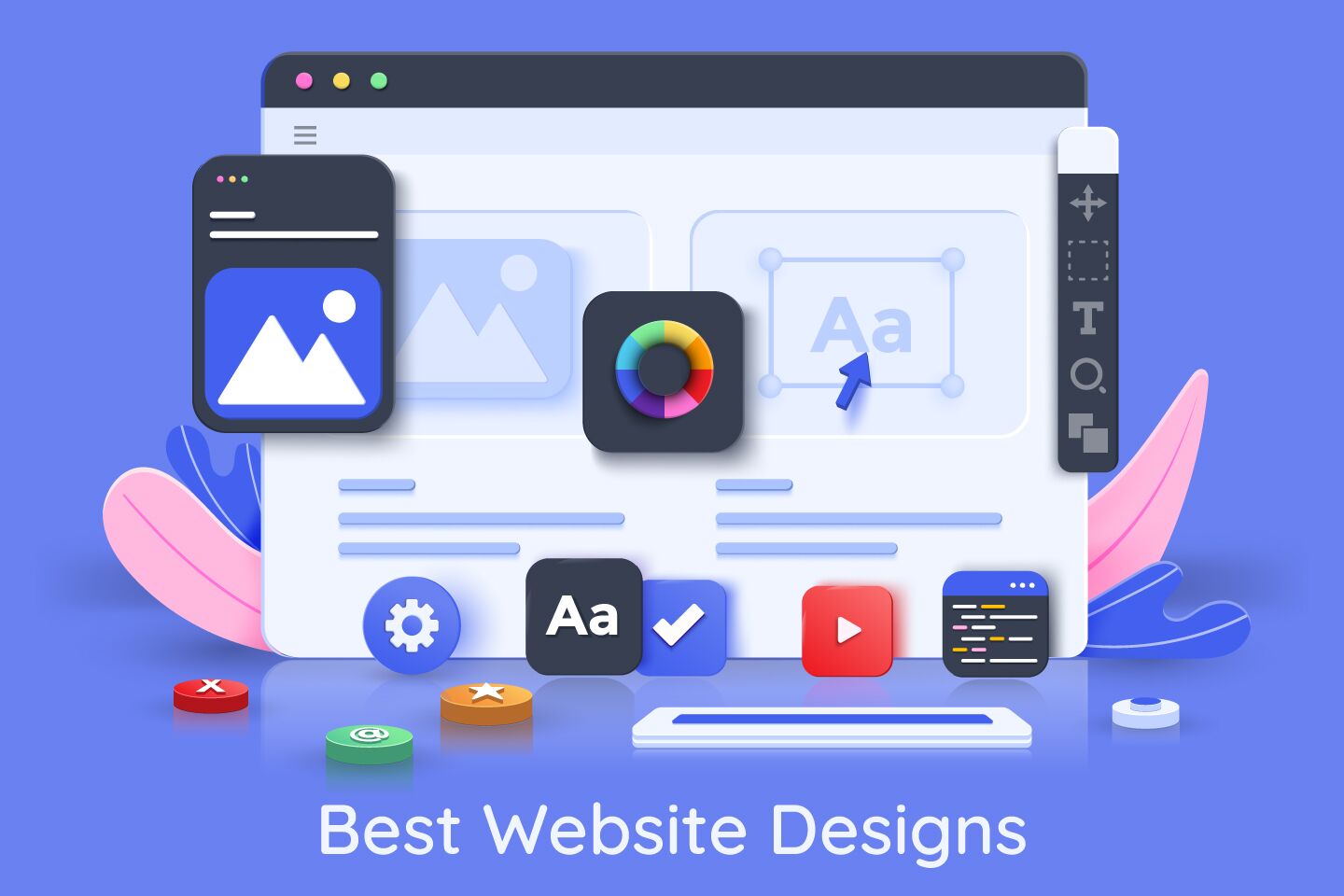Leading Tips for Producing an Impactful Site Layout That Transforms
In today's electronic landscape, the significance of an impactful web site style can not be overstated, particularly when it comes to converting site visitors right into consumers. To achieve this, one have to consider a variety of elements, including recognizing the target market, focusing on customer experience, and optimizing for mobile platforms. The calculated usage of compelling call-to-actions and a well-defined aesthetic power structure plays an important duty in guiding individuals with their trip. As we explore these vital components, it becomes apparent that the success of your web site rests on greater than just looks; it calls for a thoughtful strategy to layout and capability.

Understand Your Target Audience
Understanding your target audience is basic to efficient site design, as it lays the groundwork for creating an engaging user experience. Determining that your customers are, including their demographics, choices, and actions, allows designers to customize the web site's web content, format, and capability to fulfill particular demands.
Carrying out extensive marketing research is vital in this process. Studies, meetings, and analytics can give beneficial understandings right into customer assumptions and discomfort factors. By compiling this information, developers can develop customer characters that stand for various sections of the audience, making sure that style choices are notified and pertinent.
Additionally, recognizing the target audience assists in choosing suitable design aspects such as shade plans, typography, and images that resonate with users. A website that talks directly to its target market fosters a feeling of connection and trust fund, encouraging longer sees and greater conversion rates.
Ultimately, a user-centered strategy to web site style not only enhances individual contentment but likewise supports organization objectives by driving interaction and commitment. By prioritizing the demands and choices of the target audience, a web site can properly serve its purpose and attain preferred outcomes.
Prioritize Individual Experience
To boost the total efficiency of a web site, focusing on individual experience (UX) is essential (Website Design). A properly designed UX guarantees that site visitors can navigate the website effortlessly, find details quickly, and involve with content meaningfully. This leads to raised user contentment and higher conversion prices
Begin by executing instinctive navigating. Menus should be logically structured, enabling customers to find vital areas of the website with minimal effort. Uniformity in style aspects, such as color design and fonts, promotes familiarity, which is important for keeping individual involvement.
Additionally, take into consideration the filling rate of your internet site. A hold-up of simply a few seconds can bring about significant drop-offs, as individuals are less likely to wait for a slow-loading web page. Improving photos and optimizing code can improve efficiency and preserve visitors.
Furthermore, clarity in material presentation is essential. Usage concise, engaging language and break up message with visuals to improve readability. By focusing on user experience, you not only produce a much more pleasurable atmosphere for visitors but also strengthen your brand's credibility. Ultimately, a concentrate on UX is an investment in the long-term success of your web site.
Optimize for Mobile Devices
Enhancing for smart phones is essential in today's electronic landscape, where a raising number of individuals useful reference gain access to internet sites via smartphones and tablet computers. A mobile-friendly style not only enhances individual experience however additionally plays a significant function in enhancing search engine rankings. To accomplish this, it is crucial to adopt a responsive style that immediately adapts to different display sizes and alignments.

Packing rate is one more vital factor; mobile customers are normally much less client and expect quick access to information. Maximize pictures and take advantage of web browser caching to improve performance. Ultimately, examination your web site on several gadgets and display resolutions to recognize and rectify any type of prospective usability problems. By prioritizing mobile optimization, you guarantee that your site remains affordable and efficiently involves a broader target market.
Use Engaging Call-to-Actions
A site's effectiveness usually depends upon its capacity to direct site visitors towards desired activities, making compelling call-to-actions (CTAs) necessary parts of layout. CTAs work as the pivotal points that route users to involve with the site, whether that implies buying, enrolling in an e-newsletter, or downloading a source.
To create effective CTAs, clarity is critical. Use concise language that clearly connects the action you desire the customer to take. Expressions such as "Begin," "Subscribe Free," or "Shop Now" not only convey urgency however additionally eliminate uncertainty. The placement of CTAs is similarly essential; they ought to be strategically positioned throughout the webpage to ensure they are quickly noticeable, particularly in high-traffic areas.
Moreover, the layout of CTAs need to attract attention without being interfering. Use contrasting colors and clear fonts to ensure they catch focus. Furthermore, think about making use of directional signs, such as arrows or images, to direct individuals towards these switches. By concentrating on these components, businesses can considerably improve individual engagement, driving conversions and inevitably accomplishing their site's objectives.
Focus on Visual Pecking Order
Effective learn this here now web site design counts heavily on a well-structured aesthetic hierarchy that overviews individuals through web content effortlessly. By arranging elements in a way that prioritizes info, developers can enhance customer experience and promote decision-making. This involves using size, shade, contrast, and spacing tactically to accentuate one of the most critical parts of a web page.
Using larger font styles for headings and subheadings establishes a clear difference in between different sections, permitting users to scan material effortlessly. Additionally, using contrasting colors for switches and calls-to-action can record user interest and urge communication. Whitespace is another vital part; it avoids mess and allows users to concentrate on essential messages without diversions.
Pictures and graphics should enhance the message while also adhering to the established pecking order, reinforcing the general message (Website Design). Consistency in style components, such as color design and typography, more reinforces the aesthetic hierarchy, making navigation intuitive

Conclusion
To conclude, efficient web site style demands a thorough understanding of the target audience, prioritization of customer experience, and mobile optimization. The strategic usage of engaging call-to-actions and a distinct aesthetic hierarchy further enhances user engagement. By executing these principles, sites can attain higher conversion rates, making certain that style aspects not only bring in visitors yet also help with smooth navigating and interaction. Eventually, a well-executed web site design serves as a crucial element in driving customer activities and attaining organization objectives.